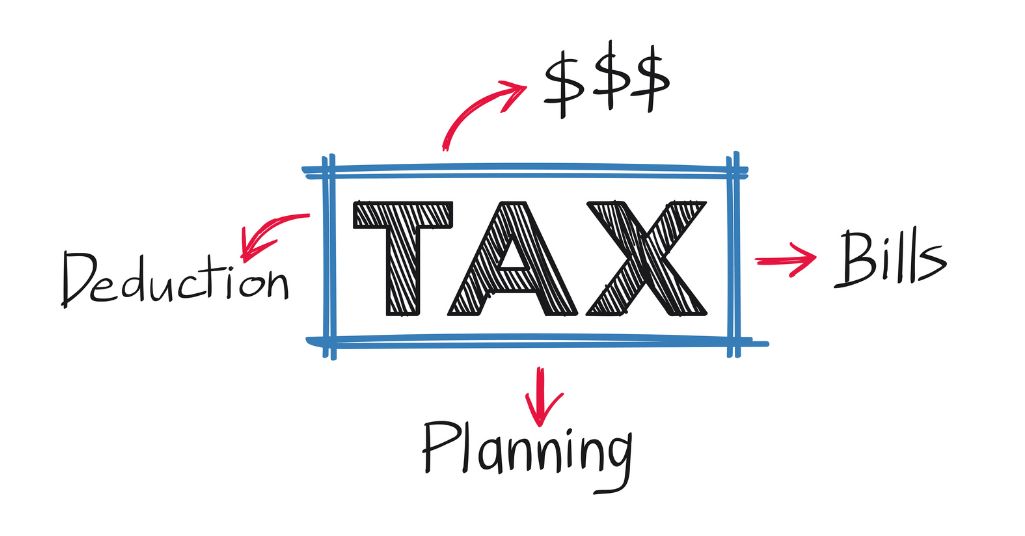In this article, we shall take a look at the process to revise an erroneous return that has already been filed.
The Indian taxation system is very odd in the sense that it is straightforward and yet confusing. The forms for filing the returns and paying your taxes are available online and all authorised locations of tax payments. And the information required to fill out the forms are also accessible. But at the same time the structure and the flow of these forms can be intimidating and several times the taxpayer is not sure what to fill out in which column.
It is, thus, quite common for businesses to make mistakes while filing income tax returns. To avoid mistakes, it is important to seek professional help. But if there are any mistakes in the ITR filed, then you can file a revised return and this is permitted under the Section 139(5) as per the Income Tax Act, 1961.
As per the information accessible on income tax department’s e-filing site, at least 34 million individuals filed their annual income tax return (ITR) for assessment year (AY) 2018-19, till 31 July 2018. The number probably shot up at this point with the due date to file the ITR being extended to 31 August. In case you are one of the people who have filed your return on schedule and yet, in the rush to fulfil the time constraint, committed an error while doing it, such as incorrect bank details or failure to mention few other specific incomes, all you have to do is file a revised return. In this article we will discuss what you have to do to file a revised return and how you can do it.
When do you have to File Revised Income Tax Return?
In case you find any error or discrepancy in the ITR you have filed after filing it, you are permitted to file a revised return under Section 139(5) of the Income Tax Act, 1961. Returns can be modified to address mistakes that may have occurred in the prior return filed or to add data that one accidentally overlooked previously.
There are restrictions on what can be modified, however, while filing Income tax return. Here are few of them
- Inaccurate personal or bank details
- Declaration of an income (taxable or exempt)
- An income variation with Form 26AS
- Wrong ITR form filed
- Missed guaranteeing credit for TDS or advance tax paid
- Missed declaring details of assets and legal responsibilities at year end, if income filed go above Rs.50 Lakh
- Entered incorrect housing status
- Did not declare overseas income and overseas assets if any
These slip-ups can be a failure to notice or wrong detailing of any income or findings, non-declaration of benefits and liabilities at the year-end on the off chance that gross surpasses ₹ 50 lakh, non-revelation of foreign salary and remote resources, filing of the wrong ITR form, etc. Be that as it may, each of these can be revised in a revised tax return.
Often in a race to meet time limit(s), many citizens end up making a few blunders or errors of omission while filing their government forms. Errors may also happen because of restricted awareness of the requirements of tax laws or because of the absence of precise data accessible at the season of filing the original tax form.
Keep in mind after an alteration in tax laws from the current AY, for example, 2022-23, the window to document a revised ITR is open till the end of the applicable AY or before the appraisal of return by the assessment division, whichever is prior. As it were, returns petitioned for AY 2022-23 can be updated till 31 March 2023, or before the evaluation occurs, whichever is prior.
Till the most recent assessment year, for example, 2021-22, returns are permitted to be amended till the end of one year from the end of the pertinent AY. In this way, a return for AY 2021-22 can likewise be updated till 31 March 2023, if it was filed before the outstanding date. Previously, a late return (recorded after the due date) was not permitted to be revised; presently there is no such restriction.
Outcomes on Filing to Correct Income Tax Return
There are no particular outcomes of filling a revised return aside from that throughout appraisal procedures, the assessment officer may ask about the motive of revised return.
While minute changes like correction of individual details or refreshing bank details may not prompt an inquiry by the taxman, noteworthy changes from the income disclosed, or deductions or costs claimed in the prior return might be chosen by the office. Filing a revised expense form may build the odds of the tax return being pulled out for a thorough investigation evaluation.
Precision in every calculation – Trust our Online Tax Calculator for accurate and reliable tax projections.
Returns can be revised to address blunders that may have occurred in the prior return filed or to incorporate data that one coincidentally failed to notice. The type of filing and process for confirmation is like that for the original return.
How to file a revised return?
The method of filing and technique for confirmation for a revised return is the same as for an original return. The main distinction being the revised return will convey the progressions proposed to be made and furthermore details of the prior return recorded for example date of filing of prior return and the confirmation number.
There is no limitation as to how many times a return can be revised if it satisfies the stipulated basis. Be that as it may, one needs to file the revised return in a similar mode in which the first return was documented. That implies if the first return was recorded online, the revised return also must be documented online. Thus, if the first return was documented physically, the revised return ought to likewise be filed physically.
There is no different form to file a revised return, however, ensure you mark off the space that indicates this is a revised return. Additionally, notice the affirmation number of the original return. Once an updated ITR is documented, the first or the past return is considered to be withdrawn.
Conclusion
At the end of the day, it is in the best interest of both, the taxpayer and the authorities, that accurate returns are filed and the right amount of tax is paid. So having a mechanism to rectify errors while filing will at least ensure that the returns are being filed on time since they have a buffer to rectify any errors and make up for the difference in payments post filing. However, like the original ITR form, the form to Correct Income Tax Return can also sometimes seem confusing and hence may require some kind of professional guidance and technical knowledge. So it is always important to ensure that you have an experienced expert guiding your through the process. If you are looking for any assistance with regard to filing your ITR or have any other queries with regards to taxation, get in touch with us and we will ensure that our team of legal experts will help you with your requirements.
Must Read Topics:










